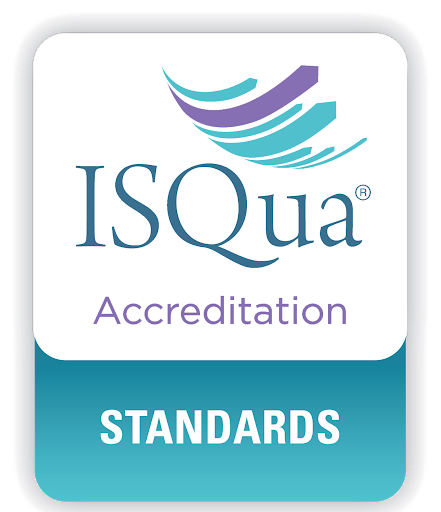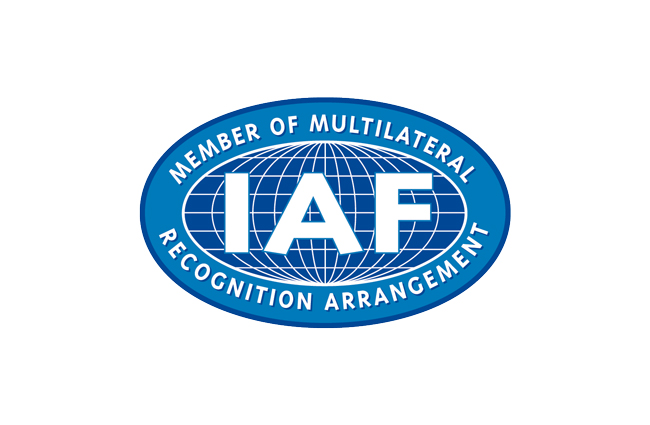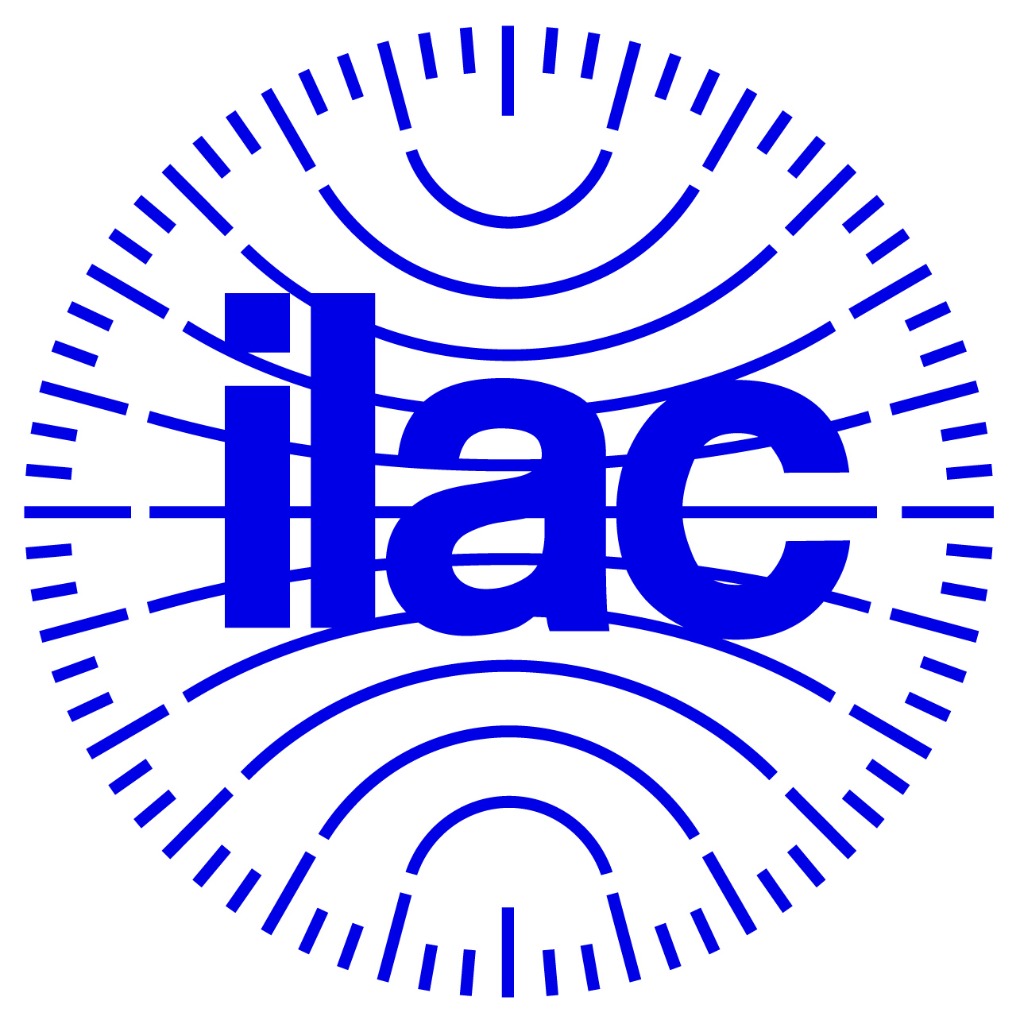ISO certification – A beginner’s guide and 7 quality principles
What is QMS?
Why should companies employ it? How can a business get an ISO certificate?
All these are significant things that associations must know.
This informative article discusses the fundamental facets of ISO certificates, for example, setting a Quality Management System along with also the advantages.
Intro to an ISO Certificate:
An ISO certificate is a global standard that lays out the needs and best procedures to get a Quality Management System that will assist companies to achieve enhanced operational efficiency and client satisfaction.
More than a million businesses across all industries utilize ISO certifications, that’s the most recent model of the standard.
Being ISO accredited signifies a company has the capability to always make goods and services which satisfy or exceed regulatory and customer expectations.
Creating a Quality Management System (QMS)
A Quality Management System is a registered structure that summarizes the practices and obligations for achieving a company’s quality goals and constant improvement. It ought to be professionally created and tailored to your organization’s objectives and customer requirements.
The International Organization for Standardization (ISO) indicates an effective QMS must be made to reach the next seven quality control principles:
Customer Focus
Recognizing and focusing on clients’ needs to bring about a company’s success. Because of this, customers are kept and new clients become drawn. Organizations should strive to exceed client expectations by linking their aims to clients’ requirements to boost repeat business and client base.
Direction
A company needs to form an inner environment where workers and the direction unite in attaining aims, goals, and leadership. This promotes a company-wide dedication to quality solutions.
Participants at all levels to initiate and maintain shared values to come up with their own organization’s capability to provide desired benefits. They need to empower employees to be more aligned with the company’s policies, resources, strategies, and procedures.
Engagement of Individuals
Involving individuals at all levels assist in handling a company efficiently. Recognizing employees’ personal creativity and participation results in an empowered workforce, which permits a company to accomplish jobs correctly.
Constructing a culture of trust and cooperation makes workers receptive to sharing experiences and sharing thoughts. This allows those involved to take initiative and become successful men and women.
Procedure Approach
An organization needs to have well known internal procedures to boost efficiency. Desired outputs could be obtained when resources and activities are efficiently handled as an interrelated procedure. A coherent system permits a company to lessen cross-functional obstacles and maximize its general functionality.
Improvement
There ought to be a more proactive strategy for welcoming progress and adapting to changing requirements. A company’s openness to progress enables them to maintain present levels of functionality while having the ability to work on fresh chances.
Improvement is a vital lesson in driving innovation and train folks. It ensures workers can successfully execute their jobs.
Evidence-based conclusion earning
Decision-makers have to have the capacity to analyze information and set quality metrics. When true and dependable information is employed as a foundation, organizations may get more confidence in creating goal decisions.
Decision-making also entails taking actions based on signs — such as previous conclusions, information, and remarks — to translate cause-and-effect scenarios and possible consequences.
Relations Management
A company needs to efficiently manage its relationships with key stakeholders, customers, partners, providers, wholesalers throughout their experience and assets. This also contributes to a well-managed source chain that preserves the flow of services and products. Sustained success is driven by an organization’s capability to produce value for all parties that are affected by sharing resources and information.
But, remember that a registered Quality Management System doesn’t need to be accredited nor comply together with an ISO certificate to attain an organization’s advancement and quality objectives. Because of this, organizations must start looking into the advantages and drawbacks of moving via an ISO certificate procedure.
















